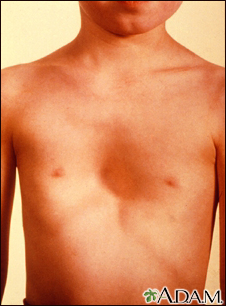pectus excavatum baby causes
Others assume that there is some genetic component. Studies say that 1 out of 500 children struggle with this malformation.
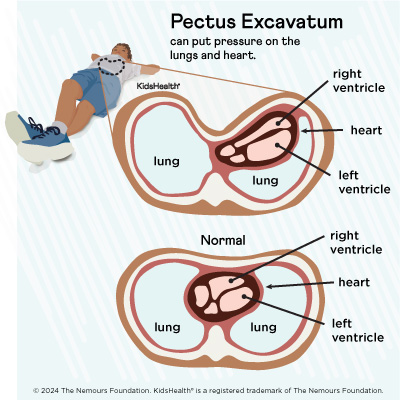
Chest Wall Disorder Pectus Excavatum For Parents Primary Children S Hospital
Both or just one side of the breastbone may be affected.

. Some people will also have shortness of breath especially during exercise. Asymmetrical shapes of the deformity are more common in older patients and not babies. Pectus excavatum is a condition in which a persons breastbone is sunken into his or her chest.
There is a genetic disorder called pectus carinatum that affects the chest wall. Hi parentsDoes anyones child have a sunken chest. Pectus excavatum is due to too much growth of the connective tissue that joins the ribs to the breastbone sternum.
This causes a depression in the chest that can range from mild to severe. Decreased endurance with exercise. We noticed it since birth but always had more pressing issues to talk about at our appts un.
Because the chest bones push hard on nearby organs like the heart and lungs a sunken chest deformation causes different symptoms in the body. Some researchers take the stance that it is a congenital disorder birth defect but not genetic. Sometimes the deformity isnt noticeable until after the adolescent growth spurt.
Pectus carinatum care at Mayo Clinic. It occurs mostly in boys and frequently more members in a family are affected12pectus excavatum may be associated with connective tissue disorders such as marfan and. However the chest may sink in more as someone goes through growth spurts during puberty.
The depression in the chest is due to abnormal growth of the cartilage that attaches the sternum to the ribs. Researchers are unsure of the cause of pectus excavatum. Growth movement intolerance weight loss and vomiting are the most common links to a more severe form of abnormality.
The main symptom of pectus carinatum is a breastbone that sticks out. A worsening of symptoms as the child grows. A small sample size test found that in at least some cases 37 of individuals have an affected first degree family member.
A depression of the sternal bone. Recent studies revealed that pectus excavatum in babies may be genetic. While the sunken breastbone is often noticeable shortly after birth the severity of pectus excavatum typically worsens.
What causes pectus excavatum. Pectus excavatum is an abnormal development of the rib cage in which the sternum breastbone grows inward resulting in a noticeable and sometimes severe indentation of the chest wall. The deformity can result in increased pressure on the heart and lungs during the growing period.
Because of the deep depression the lower ribs can stick out and give the appearance of a potbelly in. Pectus excavatum occurs in a baby who is developing in the womb. This causes a depression of the sternum and the chest has a sunken in or funnel chest appearance.
Taking out the chest makes the top of the chest protrude. Pectus excavatum can manifest in various forms from minor to severe. The condition can be mild or severe.
Commonly called funnel chest pectus excavatum is a depression caused when the sternum breastbone is abnormally pushed inward. Pectus excavatum is due to too much growth of the connective tissue that joins the ribs to the breastbone. Abnormalities of rib morphogenesis and growth are the most likely causes of pectus excavatum and pectus carinatum.
Pectus excavatum a deformity of the sternum and ribs caused by an unbalanced costochondral hypertrophy is a congenital abnormality with a prevalence of 1 per 1000 patients. More research is needed to confirm the cause. Pectus excavatum is caused by the abnormal growth in the chest of the connective tissues cartilage that attach the breastbone sternum to the ribs.
Although the majority of cases dont involve a family history there are many that do enough to warrant suspicion that genes may play a. Intermittent shortness of breath. In pectus excavatum the sternum is thought to be pushed in by abnormal growth at.
Pectus excavatum can range from mild to severe and your child may or may not have symptoms related to the heart or lungs. It can also develop in a baby after birth. We are not sure what causes ribcage problems but it seems to be linked to the cartilage in the ribcage overgrowing.
Pectus excavatum is a congenital chest wall deformity that is caused by growth abnormality of the cartilage that connects the ribs to the breastbone sternum. Pectus excavatum occurs in a baby who is developing in the womb. This causes the sternum to grow inward.
Will my pectus excavatum get worse over time. In severe cases pectus excavatum can look as if the center of the chest has been scooped out leaving a deep dent. A bird-like appearance is created by the bulging.
The cartilage pushes the breastbone sternum inward. Pectus excavatum affects about one in 1000 children and is four times as common in boys as in girls. Chest pain related to abnormal bone and cartilage growth.
Pectus excavatum PECK-tuss ex-kuh-VAW-tum is a condition that causes a childs chest to look sunken or caved in It happens because of a defect in the tough connective tissue cartilage that holds the bony part of the ribs to the breastbone. Also known as sunken chest or funnel chest pectus excavatum can be corrected with the minimally invasive surgical technique called the Nuss. By Mayo Clinic Staff.
It can also develop in a baby after birth. The condition affects more boys than girls. There is no known cause for pectus excavatum.
Rib and breastbone sternum cartilage that increases is why they are abnormal. What is pectus excavatum. Pectus excavatum can be noticed at birth or early in life in some children.
Some studies investigating a genetic component are underway. Although it is not common some patients notice an improvement in their chest appearance as their muscles develop more around. The condition can be mild or severe.
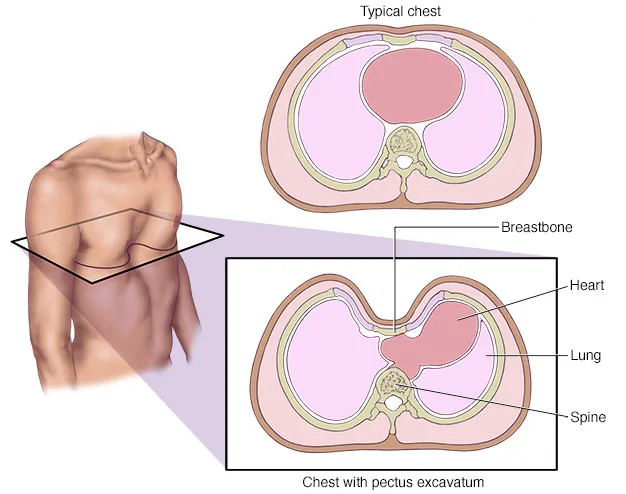
Pectus Excavatum Chest Wall Deformities Child Heart Specialist
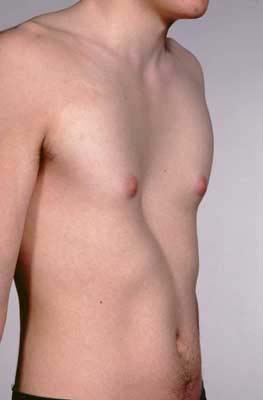
Pectus Excavatum Chest Wall Deformities Child Heart Specialist

Pectus Excavatum From A Pediatric Surgeon S Perspective Abstract Europe Pmc

Thoracic Shape Changes In Newborns Due To Their Position Scientific Reports
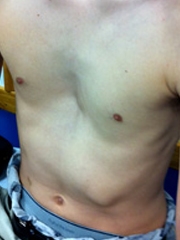
Pectus Excavatum Children S Hospital Of Philadelphia
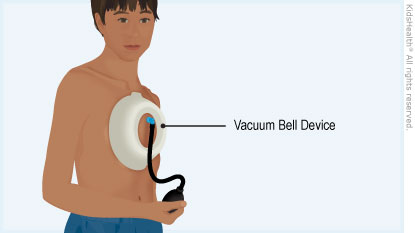
Kidshealth Pectus Excavatum Vacuum Bell Device Akron Children S Hospital
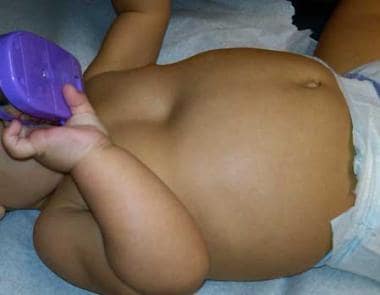
Nuss Procedure For Pectus Excavatum Background Indications Contraindications

Patient 2 Note Cafe Au Lait Spots Pectus Excavatum Widespaced Download Scientific Diagram

Pectus Excavatum Chest Wall Stanford Children S Health

Full Shot And Limbs At The Age Of 9 Years A Evidence Of Pectus Download Scientific Diagram

Strength Training With Pectus Excavatum Wasserman Strength

Minimally Invasive Repair Of The Severe Pectus Excavatum In An Infant Sciencedirect
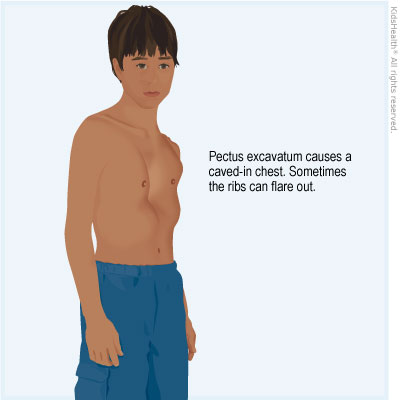
Chest Wall Disorder Pectus Excavatum For Parents Primary Children S Hospital

Pectus Excavatum And Improve Your Homoeopathic Knowledge Facebook

Minimally Invasive Repair Of The Severe Pectus Excavatum In An Infant Sciencedirect
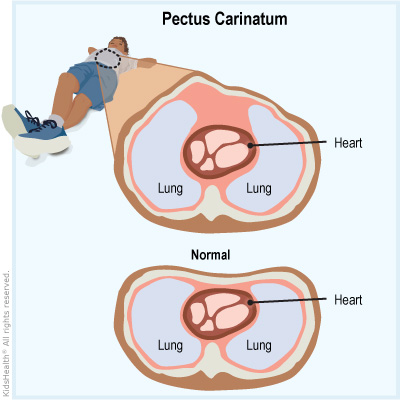
Chest Wall Disorder Pectus Carinatum For Parents Norton Children S


